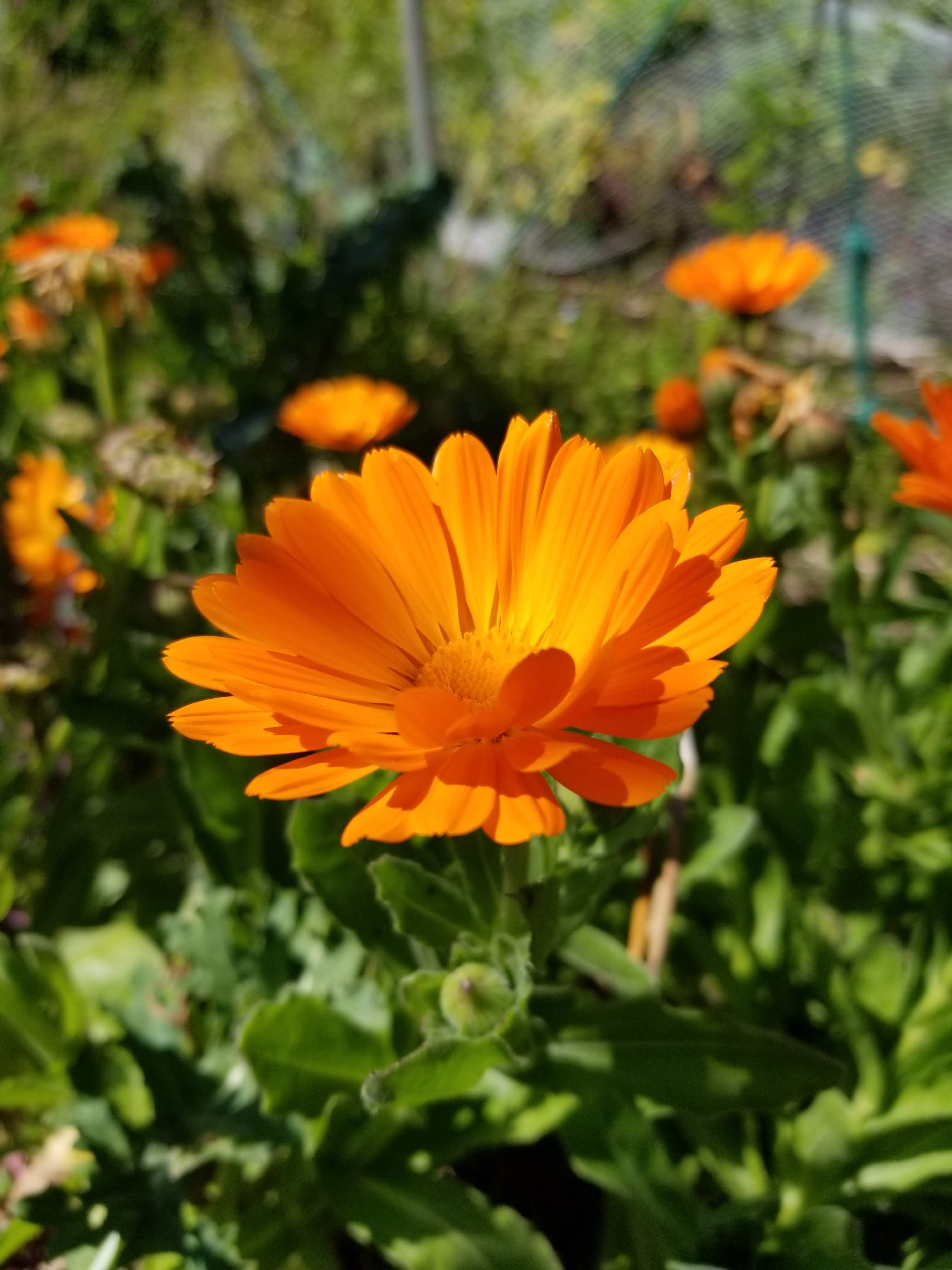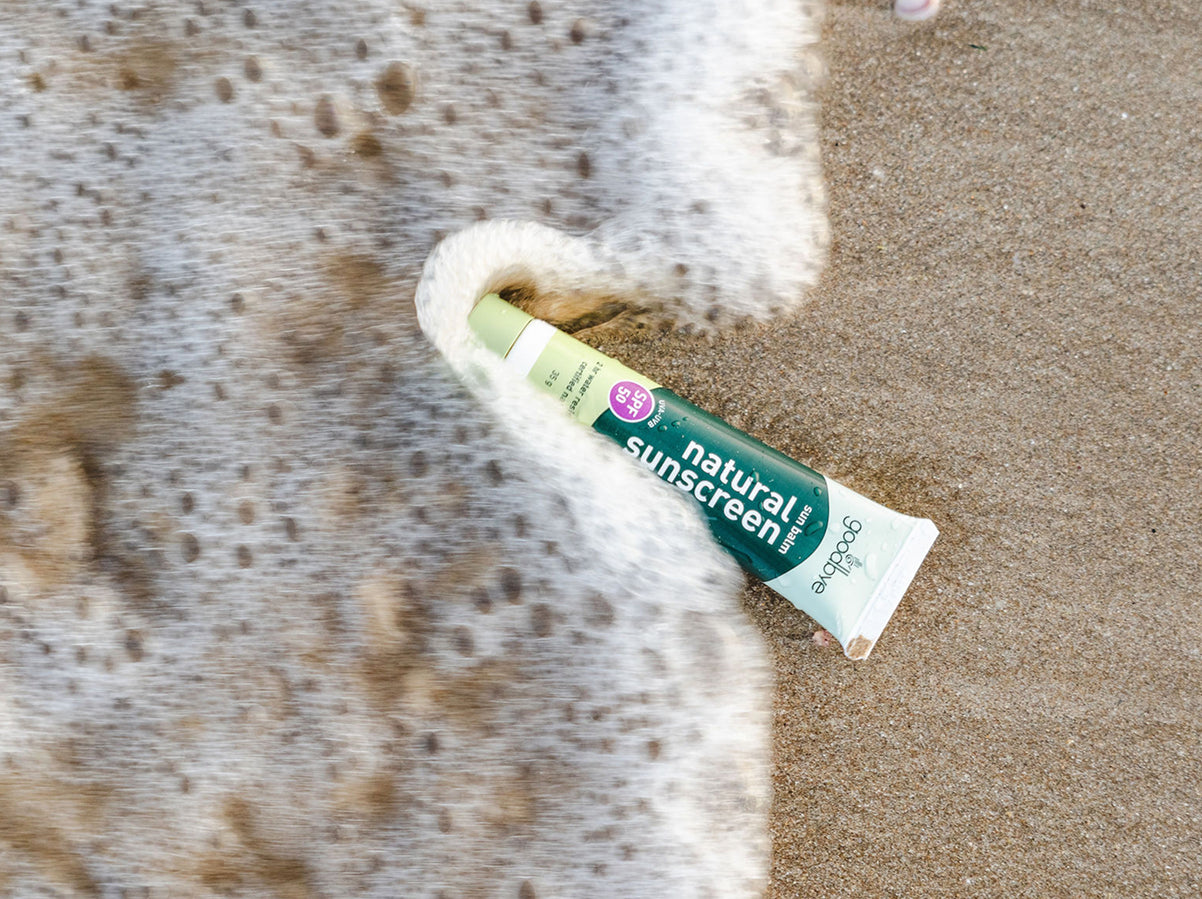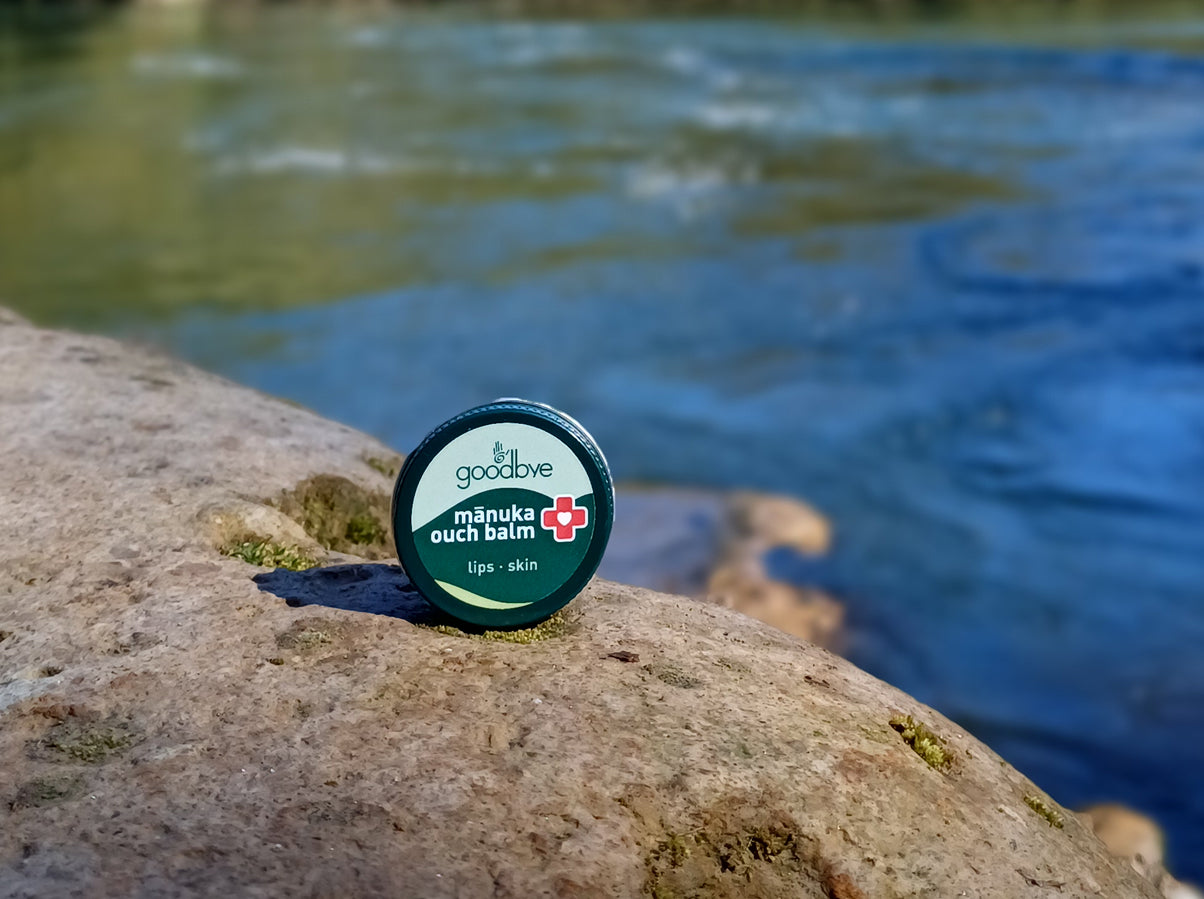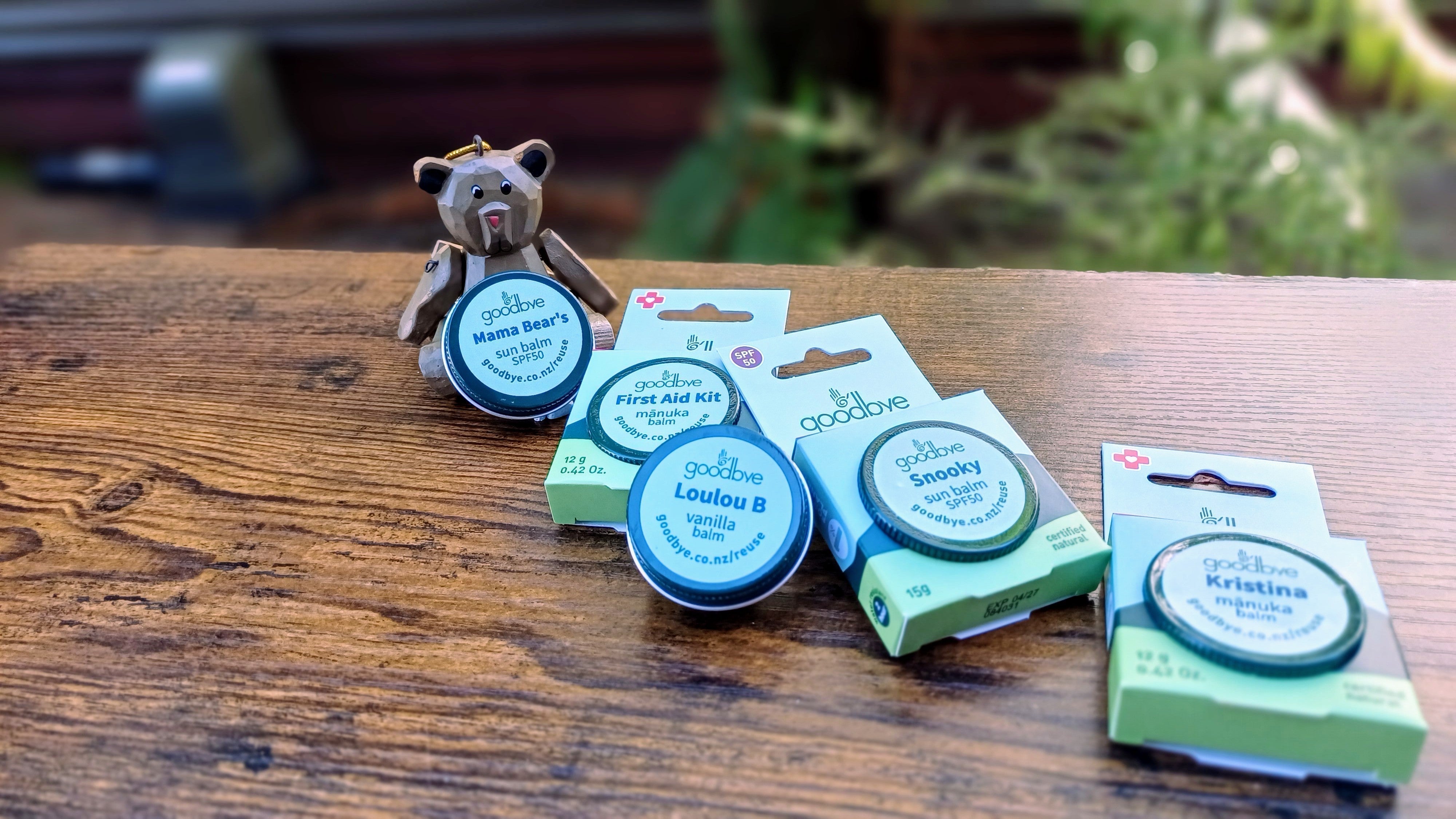Calendula- the FIRST Blog Post

Below is the first post ever done for our business- unedited except for old broken links. It was published in August 2009 and included giving away Calendula seeds packets. That was the start of the seed giving, and over the years, we've lost exact count, but are up to something like 18,000 seed packets.

For our 25th anniversary last year we produced a redux on the Calendula seeds as well as Beetroot and Rocket seed packets, 6000 in total. We are down to less than 100 Calendula seed packets and with spring on our doorstep, they need to find dirt! We're tripling them out to you for you to on-gift as part of your order.
We've been on a great journey with this business, lots of decisions and changes as we've gone along. And one thing that's kept us consistent, healthy and sane is either getting our hands in dirt, or spending time in that massive outdoor environment of ocean or mountains.
Through the years, the seeds felt like ambassadors of our message, and come to think of it, actually, we're just ambassadors of the seeds and nature. However it goes, we trusted that even if not all of our customers would plant them, they would pass them along to someone who would greet them with joy.
ORIGINAL and First POST for this journal- Published 31 August 2009
Goodbye Sandfly started in 1999 amongst a whole herd of sibling products that were made from herbs and essential oils. We grew and wild harvested herbs for our products.
Calendula joined our garden in 1996, as a forest of seedling volunteers from my friend Nicky’s garden. On sunny days throughout summers I dried the petals on a baking sheet in the back of our 1984 Mazda 323.
Many gardens later, calendula has been added to each one. Once established it will self seed each year, and it’s very easy to change its location in the garden. It blooms prolifically for months on end with the most amazing clear orange colour and simple form. I let it grow amongst the vegetables, providing attraction to the bees and other pollinators, and well as repelling bugs like white cabbage butterfly.
My first attempt at using calendula was as part of a bath salt, using dried petals mixed with salt and essential oils. The petals looked so beautiful in the glass jar against the white salt. However, they did not look as beautiful sticking to my body and the edges of the bath once the water was gone. So, for using them in a bath, I’d recommend putting them into a small cloth bag.
When I lived in Queenstown, I made calendula oil using the fresh petals in olive oil and leaving a jar in window to catch any sun for about a month. When starting with fresh petals, I kept the jar lid slightly, well, ajar. Each day I wiped the inside top of the lid to remove any water that was condensing off the petals, then agitated the oil. This created an orange coloured, very stable, long lasting oil. This oil was then used for baby massage oil and nappy rash balm and face oil.
In Karamea I tried a couple of fresh petal oil macerations, with the same attention to detail, and ended up with mold on the top of the jar. My conclusion is that it is more humid in Karamea, so I could not effectively drive off the water from the oil. So, far ease of creating a good stable product, I recommend drying the calendula first.
You can dry petals in the back of your car on a sunny day, or in a warming drawer in the oven, or in a dehydrator. I pull the petals from the centre of the flower, but my colleague Margaret at True Blue organics dries the whole flower in the dehydrator.
Three quarter fill a glass jar with dried flowers/petals and cover with olive or sunflower oil. Lovingly swirl regularly, storing in a cool place, then filter off the oil after about a month. After letting the oil settle, if you see there is a residue or moisture layer in the oil, you can carefully pour or pull off the oil again, leaving the moisture layer behind. You can still use the oil/moisture left at the bottom, it’s all precious, just use it first and don’t mix it for long term products because the water content will make the shelf life very short.
My favourite way to calendula in food is as a garnish to salads, especially spinache salad, again because the colour contrast is so keen. They can be added to any baking, sweet or savoury, their flavour being quite secondary to their addition of colour.











